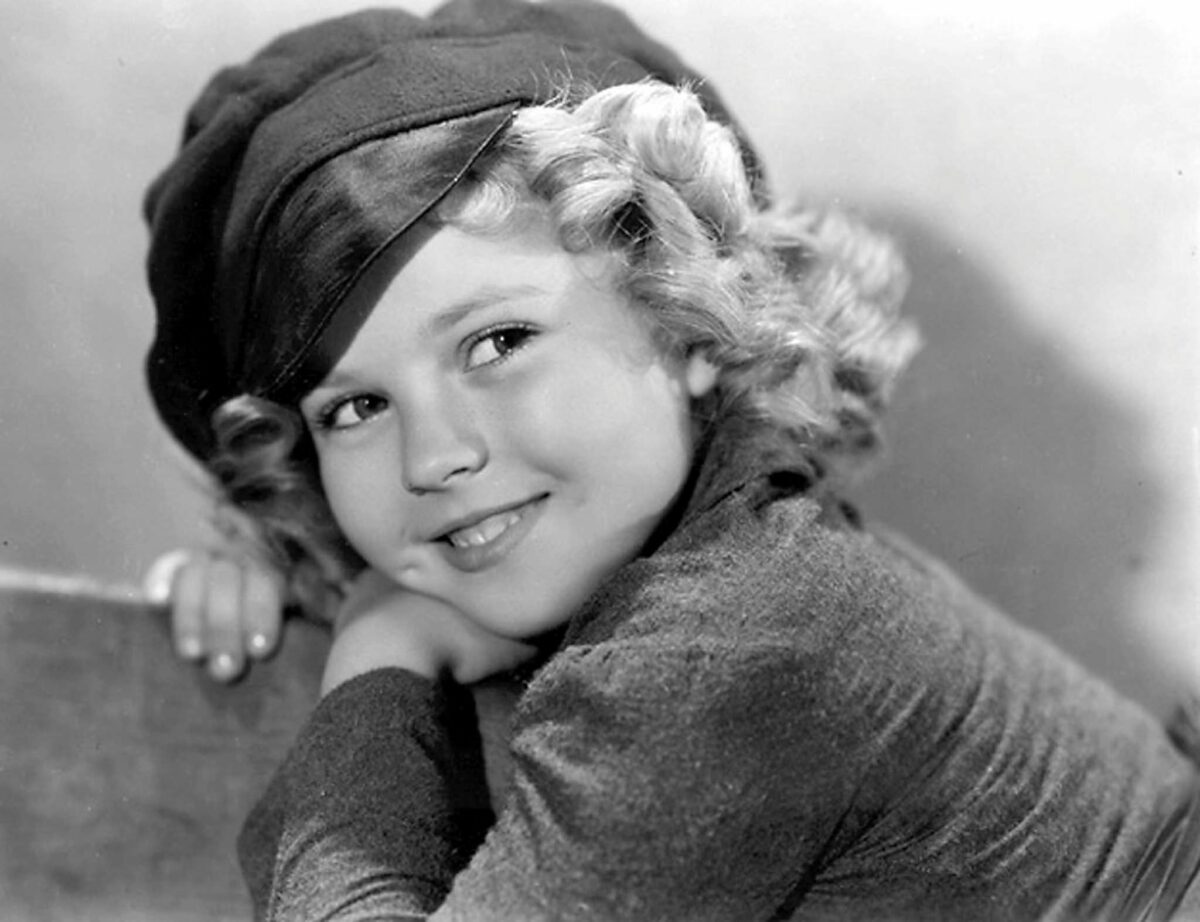Introduction:
In the golden age of Hollywood, Shirley Temple stood out as a beacon of innocence, charm, and undeniable talent. From her iconic dimples to her infectious smile, Temple captivated audiences around the world and became one of the most beloved child stars in cinematic history. However, as the 1960s dawned, Temple transitioned from child star to diplomat, leveraging her fame and influence to forge a new path in public service and diplomacy. In this extensive exploration, we delve into the life, career, and lasting legacy of Shirley Temple, America’s darling who grew up in the tumultuous decade of the 1960s.
Early Life and Beginnings:
Shirley Temple was born on April 23, 1928, in Santa Monica, California, to George and Gertrude Temple. From an early age, Temple showed a natural talent for singing, dancing, and performing, captivating audiences with her precocious charm and undeniable charisma. In 1934, at the age of six, Temple made her film debut in the comedy “Stand Up and Cheer!” and quickly rose to fame as one of Hollywood’s brightest stars. With her signature ringlets and infectious personality, Temple became a symbol of hope and optimism during the Great Depression, lifting the spirits of audiences around the world.
Rise to Prominence:
Throughout the 1930s, Shirley Temple starred in a string of box office hits, including “Bright Eyes” (1934), “Curly Top” (1935), and “Heidi” (1937), solidifying her status as a Hollywood legend. With her boundless energy, natural talent, and irresistible charm, Temple captivated audiences of all ages and became one of the highest-paid actors in Hollywood. However, as Temple entered her teenage years, she faced the challenge of transitioning from child star to adult actress—a transition that would shape the course of her career in the 1960s and beyond.
As the 1960s dawned, Shirley Temple embarked on a new chapter in her life, one that would see her transition from Hollywood starlet to public servant and diplomat. In 1967, Temple was appointed as a delegate to the United Nations General Assembly by President Lyndon B. Johnson, becoming one of the youngest and most influential diplomats in American history. Over the following years, Temple used her platform to advocate for causes such as children’s welfare, healthcare, and education, earning widespread acclaim for her tireless dedication and commitment to public service.
Legacy and Impact:
Shirley Temple’s impact on the world extends far beyond her iconic performances and accolades. With her boundless energy, infectious optimism, and unwavering dedication to public service, Temple inspired generations of Americans to dream big and make a difference in the world. Her legacy as a child star and diplomat continues to resonate today, reminding us of the power of perseverance, resilience, and compassion in the face of adversity.
In Conclusion:
Shirley Temple remains an enduring symbol of hope, optimism, and resilience, her name synonymous with the golden age of Hollywood and the spirit of America’s greatest generation. As we celebrate her legacy and contributions to the world of entertainment and diplomacy, we are reminded of the timeless values she embodied—kindness, compassion, and the belief that anything is possible with hard work and determination. Shirley Temple may have grown up in the tumultuous decade of the 1960s, but her spirit lives on in the hearts and minds of people around the world, a testament to the enduring power of her talent and charisma.
